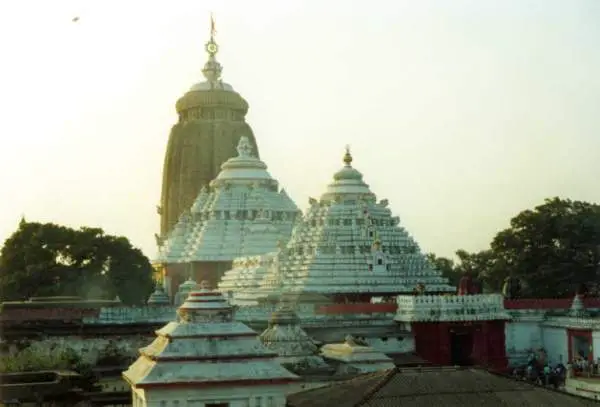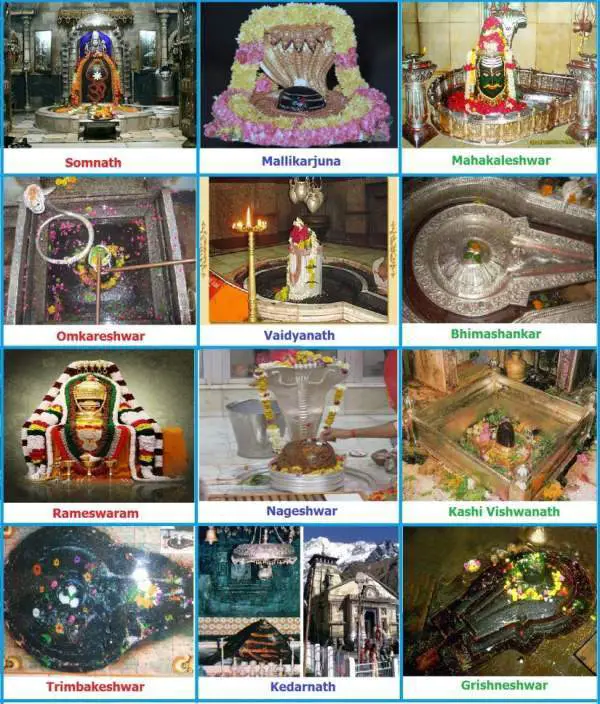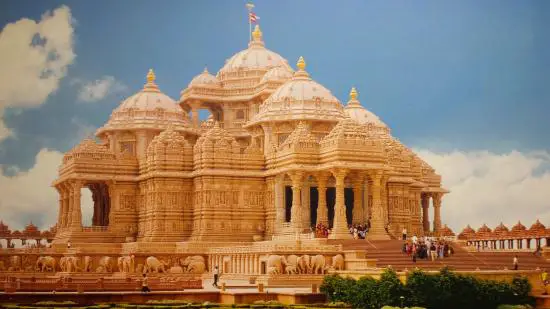Temples of India are not only the center of worship or faith, but each one of them has a unique story, history, and legacy. Coming back to the article’s title, Sree Padmanabhaswamy Temple is not just about cultural heritage and history; it’s a different package altogether. Padmanabhaswamy Temple is dedicated to God Vishnu.
It is estimated that the worth of Sree Padmanabhaswamy temple is valued at more than 25 billion Rupees which is approximately $500 million. But what are the top secrets associated with the temple’s wealth? Let’s dive in to know everything about this temple of Kerala.
Table of Contents
Padmanabhaswamy Temple Origins
To tell the precise date of origin of the idol of Sree Padmanabhaswamy Temple is not possible by any authentic source of knowledge. However, Hindu epics and scriptures have a number of mentions about this temple. For example, according to Srimad Bhagavatha, Balram visited this temple and bathed in Padmatheertham.

Furthermore, some well-known writers and historians have dated this temple’s establishment back to 5000 years. As per L.A.Ravi Varma from Travancore, the Padmanabha temple was entrenched on the very first day of Kali Yuga (approx 5000 years ago). There is much more data about the temple but sticking to one date is a little difficult task.
Story of Divakara Muni
Divakar Muni, a great Vishnu devotee, was doing his tapa to see the Brahma Swarup of God Vishnu. One day, Lord Vishnu appeared before the Sage as a child, but Divakara muni was fully unaware of who he was. Later on, the child proposed a condition and mentioned that if the Sage fulfills it, he would only stay.
The condition was very simple; the Sage will have to treat him with respect. But one day, when the Sage was in deep meditation, the child took his ‘salagram,’ which the sanyasi was using for worship. This made the Muni angry, and effectively the condition was unfulfilled; as a result, the child disappeared in the woods known as “Ananthankadu.” Witnessing this incident, the Sage realized that the child was none other than Lord Vishnu himself.
Unimaginable Wealth at Padmanabhaswamy Temple
According to the sources and data available, there are 6 underground vaults called Vault A, Vault B, Vault C, Vault D, Vault E, and Vault F. These vaults contain wealth worth billions. The vaults were opened after orders from the Supreme Court. As of June 27, 2011, 5 out of 6 chambers (Vaults) have been opened except Vault B of Padmanabhaswamy Temple.
After opening the vaults, unthinkable wealth was found underneath the temple. The treasure consisted of gold coins, crowns, statues, ornaments, diamonds, and many other precious stones. Chambers A and B contain unusual gold treasures. C and D consist of gold and silver jewelry, while E and F have utensils used for temple rituals.
Sree Padmanabhaswamy Temple Secrets & Mystery
Apart from the Glorious history and astonishing wealth of the temple, there is one more reason why the temple is known for and is often highlighted- the mysterious Vault B, which is traditionally known as Nilavaras or Kallara.
When the supreme court of India ordered the opening of the temple’s vaults, they might not have imagined that it would be an intimidating task for them. When the team searched for the treasures, vault B remained untouched because of the belief that whosoever would open gate B would invite misfortune and adversity.
According to the books and data available, the Vault B or Kallara is protected by a serpent, a whimsical vampire named Kanjirottu Yakshi, and other spiritual powers. It is believed that anyone who tries to open that Vault will be in danger.
This theory was later more solidified when the petitioner expired a few weeks after the vaults were opened. Moreover, there is another tale about some thieves who tried to rob the temple and were attacked by the snakes.
Furthermore, when the temple management made an attempt to open the gates, scary sounds were heard, which made them rescind their decision. It is believed that vault B was closed by great sages by chanting a special mantra, i.e., “Naga Paasam Mantra.” Only a sage with the correct method and information can open that; otherwise, it will drive disaster. So till now, nobody knows what’s behind the Padmanabhaswamy temple door, and it still remains a mystery.

Profound Infrastructure and Designs
It is said that architecture is a blend of science and spiritual needs which is indeed the story of Indic infrastructure. This is perhaps one of the most beautiful temples you will witness.
The building of the temple is situated on seven acres of land with four main entrances facing the major directions. The deity worshiped in the temple is Lord Vishnu but also in a unique form.
This form is known as Sree Padmanabhaswamy is the Anantha-Shayana position under Adi Sheshnag. The idol is filled with 1208 Salagramas imported from the Gandaki river Nepal.
As per the historical record, the monumental entrance was made during the rule of Travancore king Anizham Thirunal Marthanda Varma. However, the actual date of origin of the temple is dated back to 5000 years.
Aswathi Thirunal Gouri Lakshmi Bayi, a member of the Travancore royal family, in her book says that in front of the Sanctum, there is a massive Mandapam carved out of a single granite stone. The efforts of numerous men, horses, and elephants were put in to bring the stone.
Conclusion
The history of this temple is quite fascinating, which reminds us of our rich culture and heritage. Furthermore, it is interesting to note how these temples were created with appropriate knowledge even in times of less advancement in technology and science.
India is known for a hub of temples like these that are the epitome of beliefs. However, the strength of our roots always makes us feel proud as Indians. It helps us realize and feel the power of that divine energy staying within us.
We hope you like this post on Sree Padmanabhaswamy Temple History and Secrets. Please do share this post with your friends on social media.




